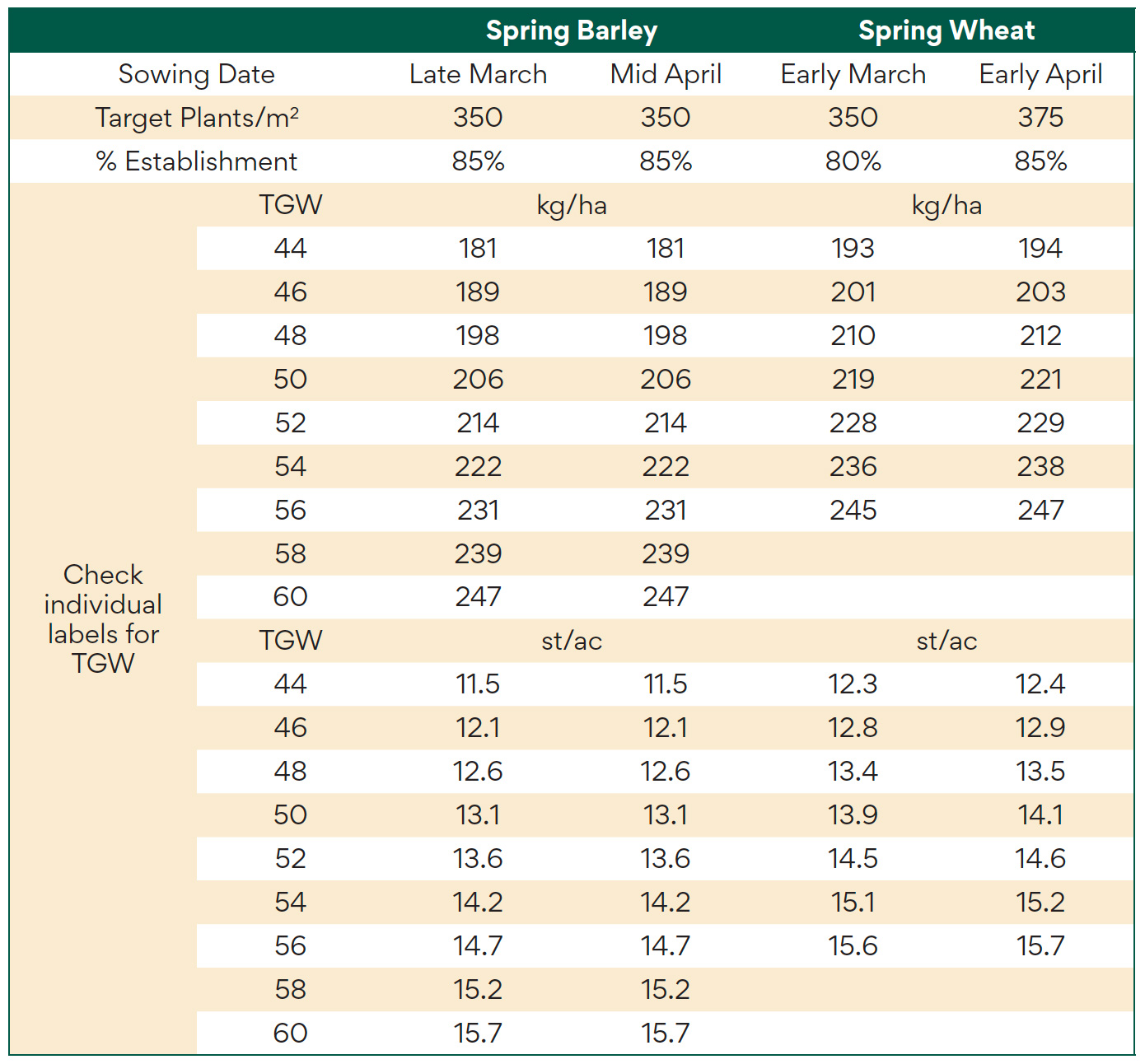NEWS |
|
Weather
Dublin airport recorded over 100mm of rainfall in March. The lack of drying has contributed to the frustration of farmers nationwide. Remember that April is a great month for growth and despite conditions crops will continue to progress as temperatures increase.
Spring Sowing
Keep the seeding rates up, especially for sowing spring barley. Aim to sow 350m2 seeds to establish 300m2 plants. Always take note of the Thousand Grain Weight (TGW) of the variety you’re using. Incorporate fertiliser into the seedbed to promote establishment and drive early growth.
Crops sown from late March may require an aphicide application, especially in coastal or areas with a history of Barey Yellow Dwarf Virus (BYDV). It is recommended to apply an aphicide at the 3-4 leaf stage for optimum effect.
Be mindful of varieties this spring, remember to contact your Drummonds Agronomist with queries regarding fertiliser requirements and recommendations in managing unfamiliar varieties.
Winter Barley
Get the main split of nitrogen on by GS31, before stem extension in order to encourage tillering. Plant Growth Regulators (PGR) applications along with trace elements:
- Winter barley is highly sensitive to stress, be cautious with early applications of PGR. These should only be considered when the temperature is above 8 degrees celsius. PGRs can help reduce apical dominance, encouraging the plant to develop stronger roots and more tillers.
- Apply anti-gibberellin PGR’s such as CeCeCe before GS31 to shorten the internode length of the plant. Additional regulation is needed on hybrid barley varieties, and where farmyard manure has been applied in previous years.
- Watch crops closely for manganese and other nutrient deficiencies. We recommend including a foliar phosphorus fertiliser along with trace elements to boost root health and crop vigour. Manganese deficiency is identified by yellow streaking along tyre tracks in fields
- There have been levels of Net Blotch seen in crops around the north east, a fungicide application at GS30 will account for any early levels of disease.
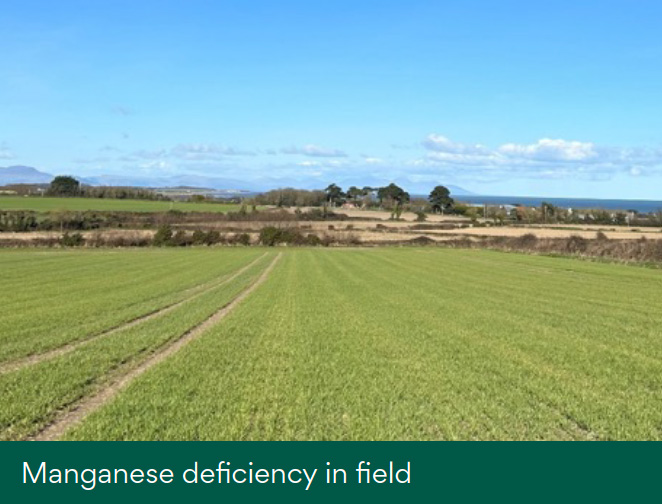 |
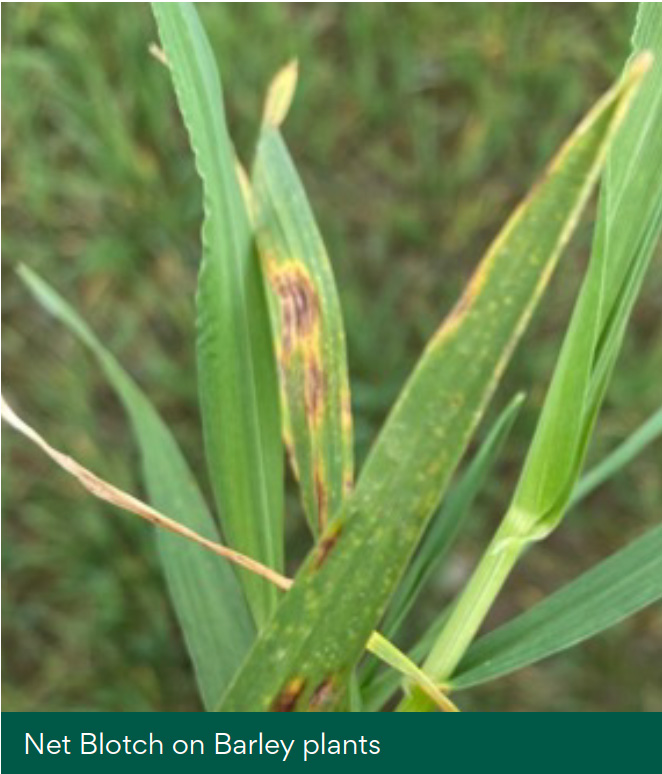 |
Winter Wheat
1/3 of the total Nitrogen split should be applied by GS30 in winter wheat crops. It is recommended to apply the first PGR application to crops at GS31 (first node detectable).
Herbicide applications – wild oat and brome control should be prioritised in winter wheat crops.
Considering weather patterns have been wet and mild, disease pressure can quickly build up in crops. A T0 fungicide application may be considered to prevent diseases such as Septoria creeping into the canopy as plants progress through their growth stages. Our trials have found sulphur to provide fungicidal benefits when included in a T0 application, contact your Drummonds Agronomist for advice on sulphur applications as not all products provide the same function.
Spring Beans
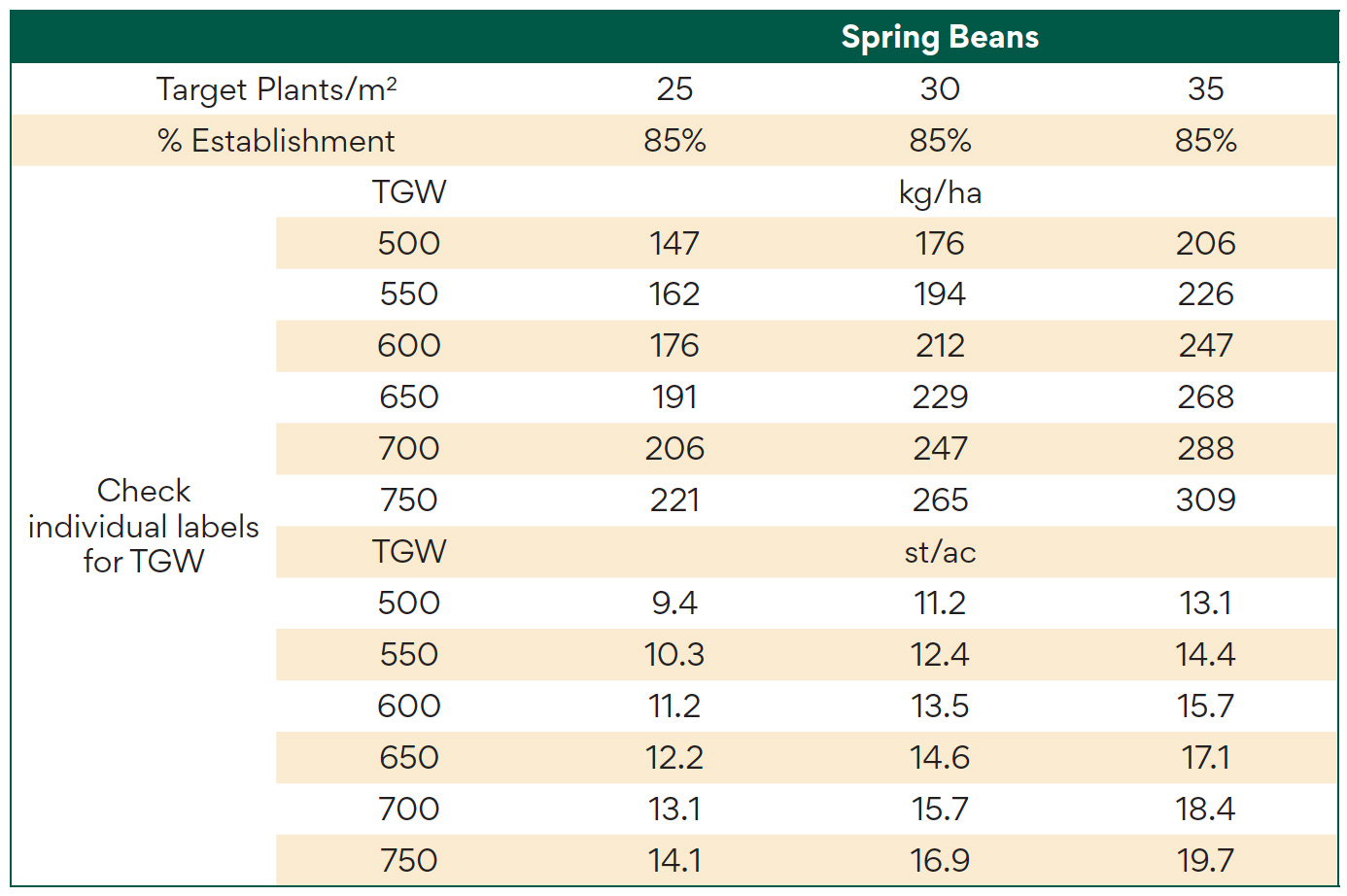 |
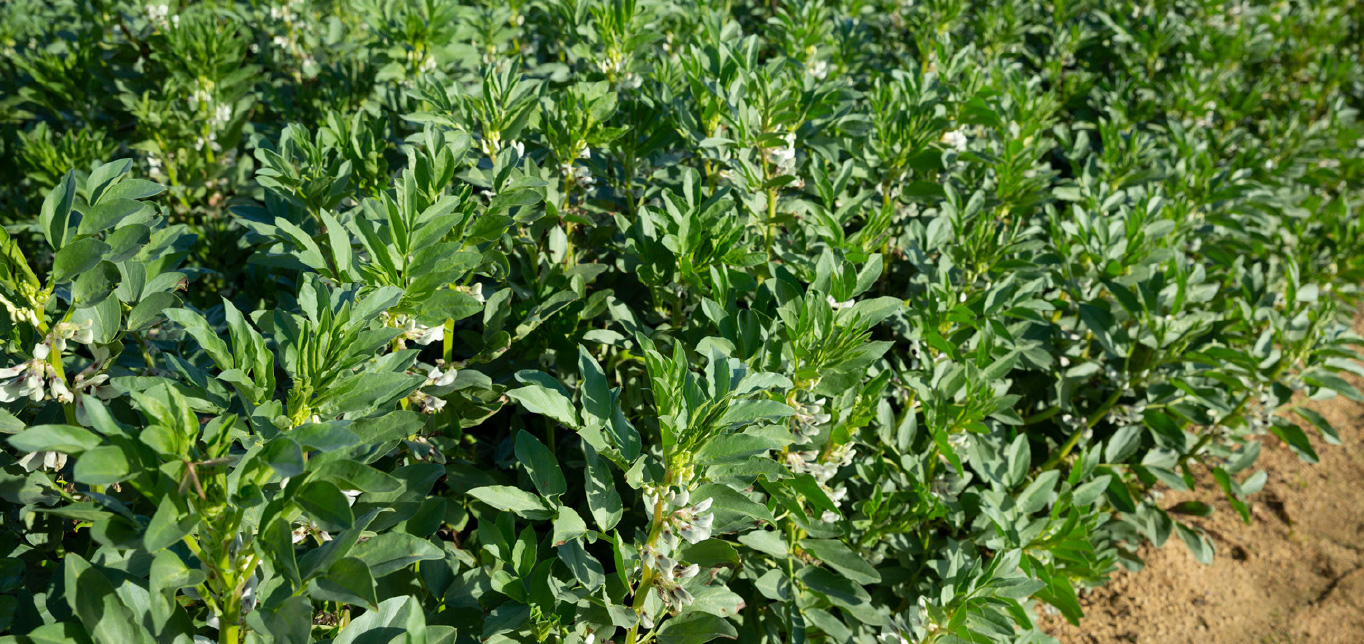 |
The last sowing date for spring beans should be mid April.
Incorporate fertiliser into the seedbed when drilling Spring Beans. Drummonds Agriphos is an excellent natural source of P & K for developing plants. It provides an immediate source of nutrients such as calcium and magnesium to drive growth and anchor roots into the soil.
Aim for 30-35 plants/m2 but increase this to 40 when sowing beans late.
Pre-emergence residual herbicides are essential on spring bean crops.
Oilseed Rape
Evaluate a Green Area Index (GAI) for each crop. The higher the green area in a crop, the more nitrogen it has taken up and ultimately less chemical N it should require. Each GAI unit equates to 50 kg/N.
The first fungicide and PGR applications should be timed in early April. PGR’s such as Caryx should be used before the green bud stage. Growth regulation is important for creating an even canopy and boosting backwards crops. Prothioconazole fungicide products should be used at 0.4 – 0.5l/ha to combat Light Leaf Spot and Phoma Stem Canker. Following the mild, humid weather we’ve had disease pressure should be monitored.
To View Drummonds Connect Newsletter as pdf - Click Here
To contact your local Drummonds Agronomist / Branch - Click Here



